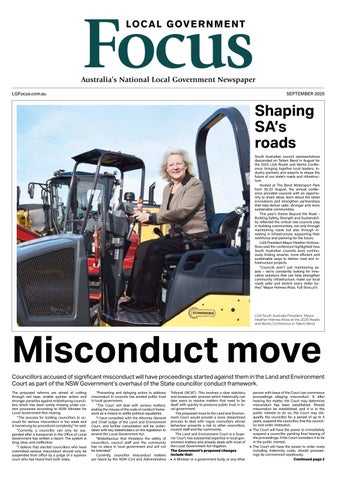Procurement was one of the last business areas to benefit from the application of technology. But e-procurement – the electronic purchase of goods and services, usually through an Internet-based platform – is rapidly becoming the status quo, especially within the public sector in Australia.
Recent analysis of TenderLink’s client activity reveals a significant rise in total tender volumes published though the TenderLink system in the first two months of 2019, which have increased almost 60 percent year-on-year.
Efficiency is often quoted as the primary driver for the switch to e-procurement. The old paper-based tender system was time consuming for the potential supplier and even more so for the buyer, who often had to sift through large numbers of hard copy responses. The time savings provided by automated online procurement systems benefit procurement professionals directly, freeing them from many of the mundane tasks – thus enabling them to focus on more strategic activities.
For smaller buyer organisations which lack in-house procurement expertise, such toolsets offer robust systems and processes without the need to employ permanent procurement staff or engage consultants.
But the motivations behind the adoption of e-procurement are much broader than the quest for efficiency gains.
The use of processes such as e-tendering (online distribution and processing of proposals) increases competition by attracting more potential vendors and tends to lead to lower prices for buyers. The inclusion of online response mechanisms also makes it easier for potential suppliers to throw their hat in the ring and greater response rates can reduce pricing even further.
This is important for organisations which are dependent on the public purse and expected to deliver value for money.
Technology delivers enhanced visibility
For most technology, improved efficiencies and cost reductions are sufficient justifications for any investment. But for procurement, the benefits of automated systems go further still, improving purchasing process transparency.
Public sector procurement is subject to great scrutiny, requiring complete visibility over every step of the procurement process. Most government procurement, from the smallest council to the largest federal department, is subject to public sector procurement guidelines and best practice requirements, the vast majority of which can be fully embedded into e-procurement solutions. This ensures rigorous audit trails, with oversight of every stage of the process. It guarantees that all contract awards comply with probity requirements and avoids the significant risks associated with public purse expenditure.
And for government organisations, it’s not all about price. Policies like “buy local” or environmental considerations are often formal components of purchase decisions, and e-procurement solutions can be configured to accurately weight these factors and help buyers make the right choices – and more importantly, be able to justify them.
Just as organisations no longer hesitate to invest in technology for their accounting or logistics activities, TenderLink’s publishing volumes provide clear evidence that forward-thinking local authorities are increasingly embracing online solutions for their procurement requirements. As well as finding significant returns on their investment, they are also benefitting from peace of mind – knowing that they are addressing their probity risks in an environment of full transparency.
Rob Cook is Marketing Manager of TenderLink (www.tenderlink.com), one of Australasia’s largest integrated web-based procurement solutions providers.
*Copy supplied by TenderLink







